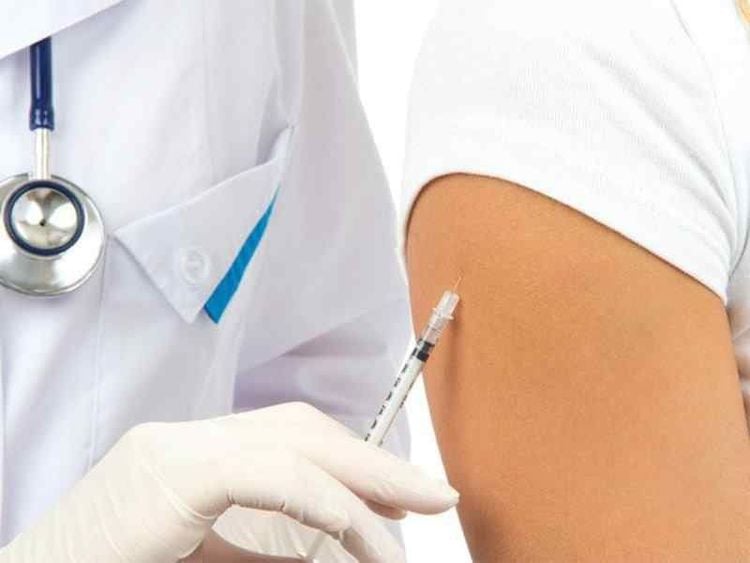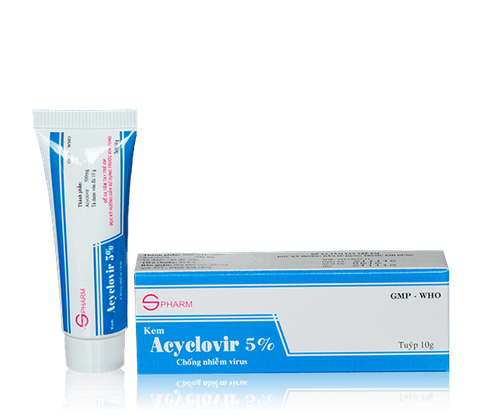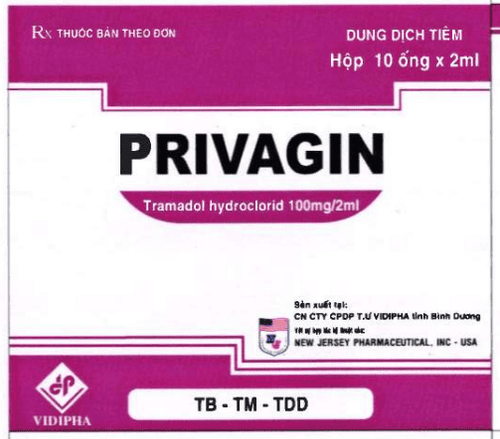This is an automatically translated article.
Intramuscular injection is a technique of delivering a drug into the muscle (in the muscle), from which the drug is absorbed into the body quickly and effectively. Pain in the biceps injection no longer depends on the location, speed of injection, type of needle, needle withdrawal, type of drug injected as well as patient psychology.
1. Cases requiring intramuscular injection
The intramuscular injection technique is considered applicable in the following cases:
All drugs that can be injected into the subcutaneous connective tissue can be injected intramuscularly, except caffeine. Drugs that should not or cannot be injected intravenously are intended to be more effective than subcutaneously. The drug is easily irritating or slow acting when injected under the skin. Oil-based drugs: Drugs that are slow to dissolve and often cause pain. Patients with chapped skin, not suitable for subcutaneous injection.
2. Is intramuscular injection painful?
Painless biceps injection depends on many different factors, including:
Injection site: The position of the needle in the middle of the muscle mass will relieve the most pain. The deeper the injection into the muscle, the less affected the sensory receptors, as the drug is more distributed in the subcutaneous layer. Injection speed: The faster the injection speed, the higher the degree of muscle damage, because the drug does not have enough time to penetrate and spread slowly, while it is easy to tear each muscle layer. In addition, injecting too quickly also forms a mass, compressing the sensory nerve endings, causing prolonged pain. Needle type: Need to choose the appropriate needle for each drug. The smaller the needle, the less damage and pain it will cause. However, it is not always possible to use a fine needle (eg, some drugs with high viscosity, high molecular weight, necessitate the use of larger needles). Needle chamfer: Penetration when injecting depends on many needle bevel faces. The needle bevel is thin and sharp, the penetration will be higher, reducing pain because the software is less vulnerable. Therefore, avoid stabbing the needle many times in a row without changing the needle tip or changing the needle with a new one (for threaded needles, butterfly needles). Needle insertion and withdrawal speed: The faster the technician inserts the needle, the less pain the patient will experience, similar to needle removal. Type of Injection: One of the causes of pain during intramuscular injection is the irritating effect of the drug on pain receptors. Isotonic fluids are less irritating than hypotonic or hypertonic agents. Physicochemical properties of drugs: The ability to interact in terms of physicochemical properties of drugs also affects pain perception of patients. Drug solutions with acidic or basic pH are more irritating than neutral drugs. On the other hand, drugs that are too cold or too hot are also more irritating. We can dilute the drug solution with the appropriate density according to the instructions of the doctor or pharmacist without affecting the activity of the drug before injection. This will make the patient less painful. The amount of drug injected: The larger the volume of solution injected into the muscle, the higher the pain sensation will be because it puts pressure on the pain receptors and damages the muscle bundles. Therefore, it is necessary to calculate and depending on the amount of injection more or less, choose the appropriate position. For example, for an adult biceps injection, do not inject more than 3ml into the Delta muscle; For thigh or gluteal muscle, do not inject more than 5ml. To limit the pain response to the injection, the technician may inject multiple sites or layers in the same muscle. Other factors: Patient psychology is also a factor in pain relief during intramuscular injection. The gentle, quick operation, and at the same time thoughtfully explaining to the patient will create a more comfortable feeling. Stressed, anxious patients will feel more pain. In addition, the pain of intramuscular injection no longer depends on the subject of the injection and the pain threshold of each person.

Tiêm bắp tay có đau không còn tùy thuộc vào nhiều yếu tố khác nhau.
3. How safe is the intramuscular injection procedure?
In order to perform safely and limit complications when injecting intramuscularly, the technician/nursing needs to fully follow these 9 steps:
Step 1. Wash hands
The injector needs to wash his hands before injecting intramuscularly. . Washing your hands with soap and warm water will prevent infections from occurring, pay attention to thoroughly wash the areas between the fingers, on the back of the hands and even under the fingernails.
Step 2. Prepare necessary supplies
Things to prepare before performing intramuscular injection, including:
Alcohol Gauze pads Medical gloves Needles, syringes and drug solution Sharp object container Pointed Step 3. Determine the injection site
The technician needs to determine whether the intramuscular injection is shallow or deep, the biceps injection site is the thigh muscle or the gluteal muscle.
First, you pull the skin at the injection site between two fingers to be able to isolate the muscle and the injection site. The person receiving the injection should keep a relaxed, psychologically comfortable position and let the muscles relax.
Step 4. Clean the injection site
Should clean the injection site with a cotton swab or medical cotton soaked in alcohol, then let the skin dry.
Step 5. Prepare for collection
If using multi-dose injection, note when the vial was first opened and replace if expired. The rubber stopper should be cleaned with alcohol-soaked cotton.
After attaching the needle to the tube, proceed to pull the plunger to fill the syringe with air until the volume to be injected. The purpose of this is because the vial has been vacuumed, so an equal amount of air is needed to equalize the pressure, limiting the difficulty of withdrawing or the drug being pushed out of the syringe.
Step 6. Check the injection site
Bring the needle to the injection site at a 90 degree angle. The injection process should be definitive, but precise and controlled.
After inserting the needle into the muscle, hold the skin firmly at the injection site, using the index finger and thumb to hold the needle tube. Then proceed to pull the plunger back slightly and check for blood in the syringe.
The intramuscular technique is to inject into a muscle, not a blood vessel, so if you see blood when you pull the plunger up, remove the needle, discard it, and replace it with a new syringe.
Step 7. Inject the drug
Proceed to push the plunger slowly to put the drug into the muscle. This process needs to be done slowly because the drug requires space to fill in the muscle, resulting in the surrounding tissue having to expand to accommodate the drug solution. Slow injection will help reduce pain at the injection site for the patient. Accordingly, the intramuscular injection rate should be kept around 1ml/10s.
Step 8. Withdraw the needle from the body
After completing the injection, withdraw the needle quickly and always keep the needle at the same angle as when it was inserted, then put it in the sharps container.
The sharps container is a specialized container that you can find at any pharmacy. This is an item for collecting sharp medical waste such as needles and syringes. Needles should not be thrown in a regular trash can, as it can be dangerous for the person handling the waste.
Step 9. Tape the injection site
Use a small gauze pad to gently press the injection site. In addition, you can also gently massage the area of the skin just injected to help the medicine be dispersed and absorbed into the muscles. Usually, a little blood may appear at the injection site, treat it by gently pressing on the gauze with your hand for about 30 seconds or until no more bleeding is visible, and also use a personal bandage if necessary, needs.
When indicated for intramuscular injection, you need to go to reputable medical centers, hospitals and experienced medical professionals to be injected with the correct procedure safely. Limit self-injection unless specifically instructed to practice, in order to limit the occurrence of complications as well as promptly handle possible side effects.
Please dial HOTLINE for more information or register for an appointment HERE. Download MyVinmec app to make appointments faster and to manage your bookings easily.













